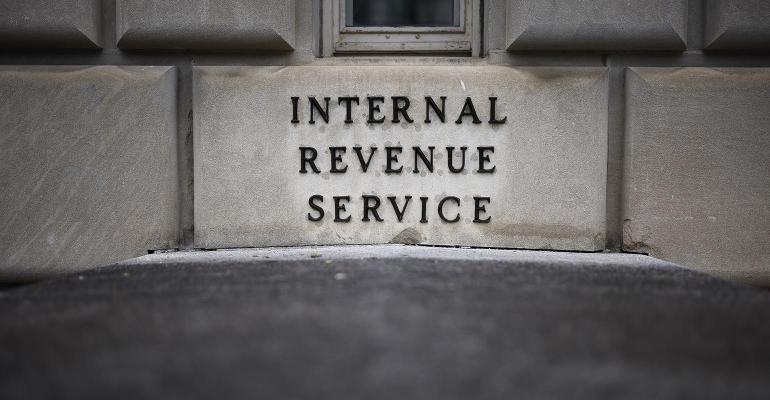On Sept. 8, 2023, the Internal Revenue Service announced that it will shift its attention to wealthy taxpayers, increasing its scrutiny on high-income taxpayers (defined as those with income over $1 million and tax debt of over $250,000), partnerships, corporations and promoters abusing tax rules (IR-2023-1660). The IRS will use new technology, like artificial intelligence, to help its compliance teams better detect tax cheating, identify emerging compliance threats and improve case selection tools.
High Income Taxpayers
Building off earlier successes that collected $38 million from more than 175 high-income earners, the IRS says it will have dozens of Revenue Officers focusing on these high-end collection cases in fiscal year (FY) 2024.
Partnerships
The announcement says that by the end of the month, the IRS will open examinations of 75 of the largest partnerships in the United States, representing a cross section of industries including hedge funds, real estate investment partnerships, publicly traded partnerships, large law firms and other industries. On average, these partnerships each have more than $10 billion in assets. Mike Gregory, of Mike Gregory Consulting LLC, notes that the IRS has identified ongoing discrepancies on the balance sheets of these partnerships, which is an indicator of potential non-compliance. He says that taxpayers filing partnership returns are showing discrepancies in the millions of dollars between end-of-year balances compared to the beginning balances the following year. The number of such discrepancies has been increasing over the years. Many of these taxpayers aren’t attaching required statements explaining the difference. This recent IRS effort will focus on high-risk large partnerships to quickly address the balance sheet discrepancy. Prior to the Inflation Reduction Act (IRA), the IRS didn’t have the resources needed to follow up and engage with all the large partnerships with such discrepancies. Although the $80 billion allocated to the IRS over 10 years through the Inflation Reduction Act was cut by about $20 billion as part of the debt ceiling deal reached in June, the IRS will soon have the resources and plan in place to ramp up this effort. It will begin in early October when the IRS starts mailing compliance letters to around 500 partnerships. Depending on the response, the IRS will add these to the audit stream for additional work.
Other Priority Areas
The announcement included other priority areas for the IRS, including:
Expanded work on digital assets. The IRS Virtual Currency Compliance Campaign will continue its work after an initial review showed the potential for a 75% non-compliance rate among taxpayers identified through record production from digital currency exchanges.
More scrutiny on Report of Foreign Bank and Financial Accounts (FBAR) violations. The IRS plans to audit the most egregious potential non-filer FBAR cases in FY 2024.
Continued work on scam issues. The IRS will continue to warn consumers about emerging scams and schemes.
Protection against identify theft. A key focus has been raising taxpayer and tax professional awareness on how to protect themselves and their tax data from identity theft.
Advising Clients
If you have clients who are the subject of the IRS’ focus, Alvina Lo, chief wealth strategist and executive vice president at Wilmington Trust suggests that you remind those clients to: (1) keep good books and records; (2) be mindful of timing and deadlines; (3) make sure appropriate returns are filed; and (4) keep up to date on changing requirements (for example, the Corporate Transparency Act will take effect in 2024). With this increased focus from the IRS (backed by significant additional funding), Lo expects the level and quality of scrutiny/audit to increase.





